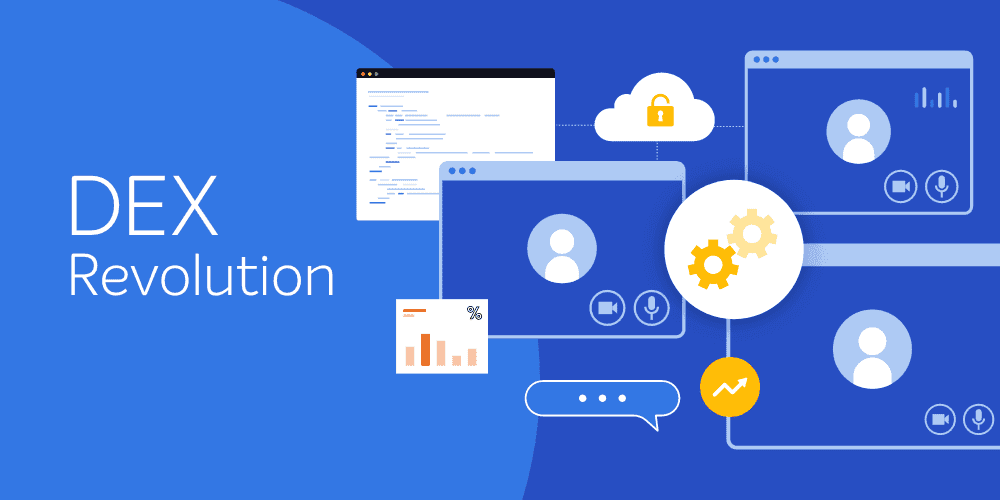An agent running on the system is capable of local data collection, correlation and processing. Taking PC power management as an example, the agent can make better decisions based on activity that happens locally, for example whether the user is active before prompting to power off the system.
An agent running on the machine can query the operating system to check when the user last used the machine and whether he is logged on locally or remotely in order to defer or force the low power state. With multiple users logged on, each user’s documents can be saved before logging off. In summary, user productivity is not disrupted.
With agentless technology, there is reliance on remote methods to find interactive user sessions which have a dependency on specific remote accessible APIs that cannot return whether the sessions are really active i.e. user logged on and working.
Missed a post in this series? Here’s links to some key factors that may make you think twice before listening to an “agentless” vendor.
Part 1: Agent versus Agentless Myth Busting: Agented software usually places additional load on the network
Part 2: Agent versus Agentless Myth Busting: Interference with the operating system and applications
Part 3: Agent versus Agentless Myth Busting: Agents open up the machines to security vulnerabilities
Part 4: Agent versus Agentless Myth Busting: Agentless means there is no agent at all
TeamViewer DEX Helps with
Ensures a smooth and uninterrupted digital experience for employees, minimizing frustrations and unnecessary disruptions.
Optimize processes with enhanced visibility and automation, driving proactive remediations, exceptional service, and reduced costs.
Resolve IT issues proactively and in real-time to reduce service desk incidents, minimize downtime, and maintain smooth, efficient operations.
Identify, notify, and fix compliance drift, digital friction, and end-user frustration issues.
TeamViewer DEX for
Lightweight, always-on communication, real-time actions, and automated client health remediation,
Optimize hardware spend while facilitating proactive hardware asset management
Gain clear insights into software usage and reclaim underused, redundant, or vulnerable software.
Core Capabilities
TeamViewer DEX Platform
Helps IT teams improve end user experience, tighten security, reduce costs, and evolve IT Operations from cost center to strategic enabler.
Dig into original DEX analysis, case studies, on-demand webinars, and more.
Be a DEX leader with useful strategies, how-to guides, and fresh platform updates.
Select your specific use cases to see demo videos narrated by product experts.
Understanding key terms and concepts related to Digital Employee Experience.
What is Digital Employee Experience (DEX)?
From the software and hardware used each day to IT interactions, DEX is the total of all digital touchpoints an employee encounters at work.
Customer Success
How Britain’s Favorite Retailer has transformed endpoint management across more than 1,000 stores with 1E
About 1E
At 1E, we reimagine how technology serves people and create new ways for IT to shape the future of work.



